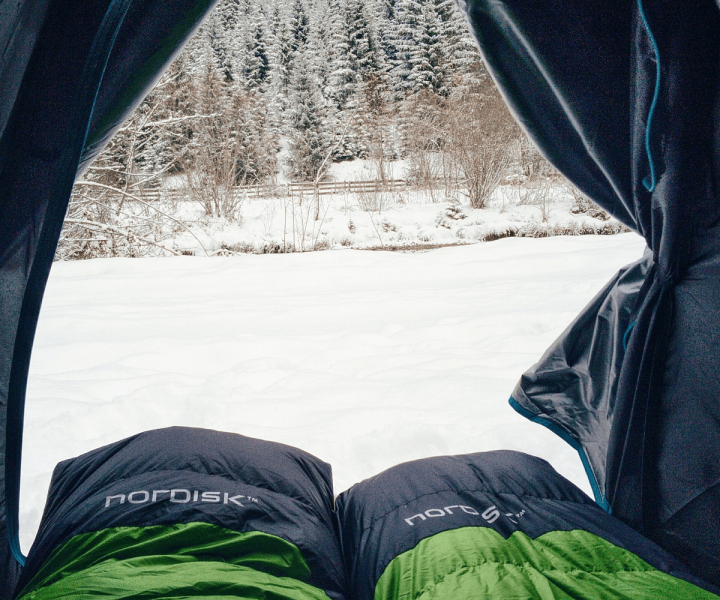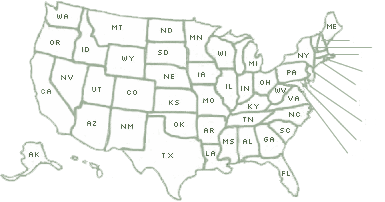
Choosing a proper sleeping bag is one of the most important choices you’ll make on any backpacking trip. Your sleeping bag will keep you warm, comfortable, safe, and make sure you get the rest you need. When looking for the best sleeping bags that have the perfect balance between comfort, weight, functionality, and warmth, you’ll find loads of options on the market. Therefore, we’ve put together this list on what you should be looking for to find the best sleeping bag for you.
Weight
One of the heaviest items in your bag will be your sleeping bag (along with your tent, sleeping pad, and backpack), so you need to strike the right balance between weight, comfort, and warmth. It’s easy to get sick of a bulky and heavy sleeping bag, but you shouldn’t compromise on warmth. Ideally, you’d have a few sleeping bags to choose from depending on what trip you’ll be taking, but since most of our pockets aren’t that deep, chose one that will keep you warm at the lowest temperatures you plan to hike in.
Warmth
Warmth isn’t created by your sleeping bag; it’s produced by your body. The function of the sleeping bag is to trap that body heat in an enclosed space. A sleeping bag that has more insulation is better at trapping heat, and large sleeping bags with lots of interior space create a larger area for your body to warm up. Therefore, if you want more heat, go for a more snug sleeping bag.
Temperature rating
Bags with lower EN (European Norm) ratings between 10°F and 30°F are thought to be bags that will work during spring, fall and winter, depending on the temperature conditions of your hike. Choosing the correct temperature rating can be complicated, as some people are “cold sleepers” or “hot sleepers,” along with a lot of other factors contribute to warmth (sleeping pad, altitude, nutrition, hydration, etc.). To choose the best sleeping bag for you, consider if you’re a hot or cold sleeper, and we recommend going for a temperature rating that’s a good fit for spring, fall, and winter.
Synthetic vs. down
There are cons and pros to each material. Synthetic insulation bags tend to be cheaper than down bags, and are better at retaining heat when they’re wet. However, they tend to be heavier and bulkier than down bags. Down insulation is more expensive, but is lighter and has a better warmth-to-weight ratio. However, it’s completely useless when wet.
 Your Privacy Choices
Your Privacy Choices

